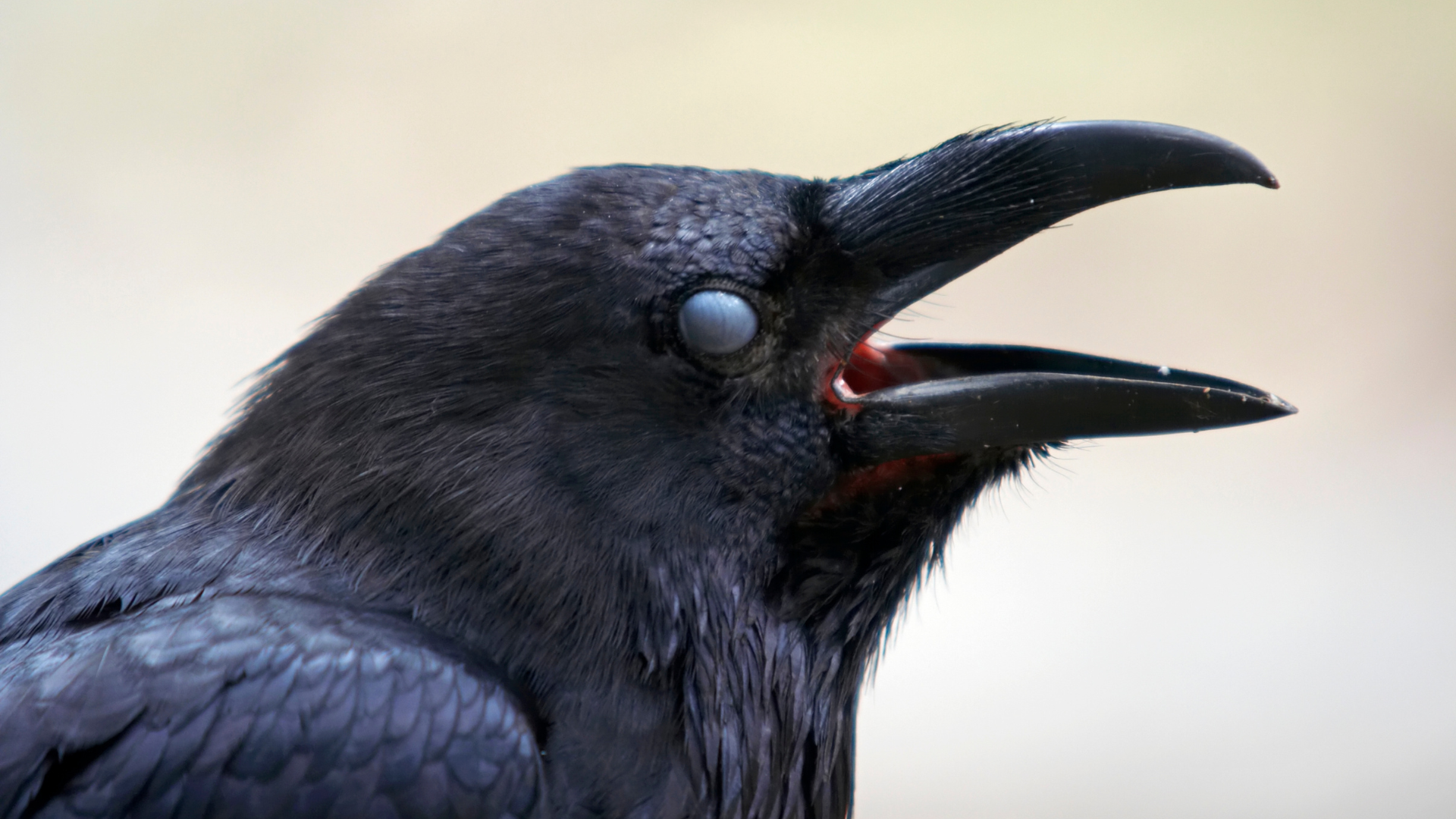The Pheasant Coucal (Centropus phasianinus) is a sizable bird found in Australia, Timor, and New Guinea. It measures between 50 and 70 cm long, with a sturdy body, black and chestnut feathers, and a long tail. This bird prefers dense areas like subtropical forests and tall grasses, hunting small reptiles, amphibians, and insects. Unlike most cuckoos, the Pheasant Coucal incubates its own eggs and cares for its young.
Description
Physical Appearance
The Pheasant Coucal is a large, ground-dwelling bird, measuring between 50 and 70 cm (20 to 28 in) in length. Its size gives it a sturdy, almost pheasant-like build that distinguishes it from other cuckoos.
Plumage
In the breeding season, it sports a sleek black head, neck, and underparts, with striking chestnut wings that are marked with dark bars. Its long tail is a mix of black, brown, and cream. Outside of breeding, its head and underparts shift to a chestnut hue, streaked with white.
Distinct Features
The bird’s heavy build and unique coloration make it unmistakable. Its transformation from breeding to non-breeding plumage adds to its character, allowing it to blend into different environments depending on the season.
Habitat
Geographical Distribution
The pheasant coucal is found across eastern and northern Australia, particularly along the coastlines, stretching from New South Wales to Cape York. Its range extends to eastern Timor and the lowlands of New Guinea.
Preferred Environments
This bird prefers dense, shrubby understory in forests and tall grasses in grasslands or swampy areas. It’s often spotted in cane fields across northern Australia. These habitats provide excellent cover for foraging and nesting.
Habitat Adaptability and Ecological Role
The pheasant coucal has adapted well to environments altered by agriculture, such as sugar cane fields, where it finds food and shelter. Its presence in these areas indicates the health of the ecosystem, as it relies on a mix of vegetation and small prey.
Diet
Feeding Habits
The pheasant coucal primarily feeds on a carnivorous diet. Its meals include small reptiles, amphibians, bird eggs, young birds, small mammals, and large insects. This diet helps the bird meet its energy needs while it navigates its environment.
Foraging Behaviours
A true opportunist, the pheasant coucal hunts whatever is within reach. It's been known to attack birds trapped in mist nets, proving its adaptability when food is nearby. The coucal typically hunts on the ground, taking advantage of dense vegetation to stalk its prey. Its patient hunting style allows it to strike quickly when the moment is right.
Behaviour
Nesting and Reproduction
The pheasant coucal builds an untidy, bowl-shaped nest from grasses and leaves, typically hidden in tall grass or bushes. They lay between 2 and 6 white oval eggs, about 38 by 29 mm in size. The eggs incubate for 15 days, with the young staying in the nest for an additional 13 days. The male takes charge of most nest duties, from building to incubating and feeding the young.
Vocalisations
During summer, they call with a low, rhythmic "boop boop boop," while in winter, their voice shifts to a sharp hissing sound.
Social Behaviour
They are often territorial, preferring to live alone or in pairs. These birds don’t flock together, and they’re known for their ground dwelling habits. They are aggressive when defending their territory but tend to avoid interaction with other bird species.
Conservation Status
Population Trends
Pheasant coucals are widespread across their range, and their numbers remain stable in most areas. While they’ve adapted well to some human-altered environments like sugar cane fields, their populations aren’t expanding significantly.
Threats
Habitat loss remains the biggest concern for pheasant coucals, particularly in regions where forests are cleared for agriculture. Predation by feral animals like cats and dogs also poses a risk, especially to young birds and eggs.
Legal Status
The pheasant coucal is not listed as endangered or under immediate threat, but habitat conservation efforts are important to maintain their populations.
Fun Fact
- The Pheasant Coucal is the only Australian cuckoo to build its own nest. It also lives and nests on the ground, unlike other cuckoos.
Similar Species
The Pheasant Coucal is sometimes mistaken for other cuckoo family members, particularly the Kai Coucal and Greater Coucal. A few differences help distinguish them. The Kai Coucal is smaller and shows more defined black and white plumage. In contrast, the Greater Coucal is larger with a darker body and chestnut wings. The Pheasant Coucal has a longer tail and a unique seasonal colour shift. This species builds its own nest and raises its young, which is uncommon among Australian cuckoos.




